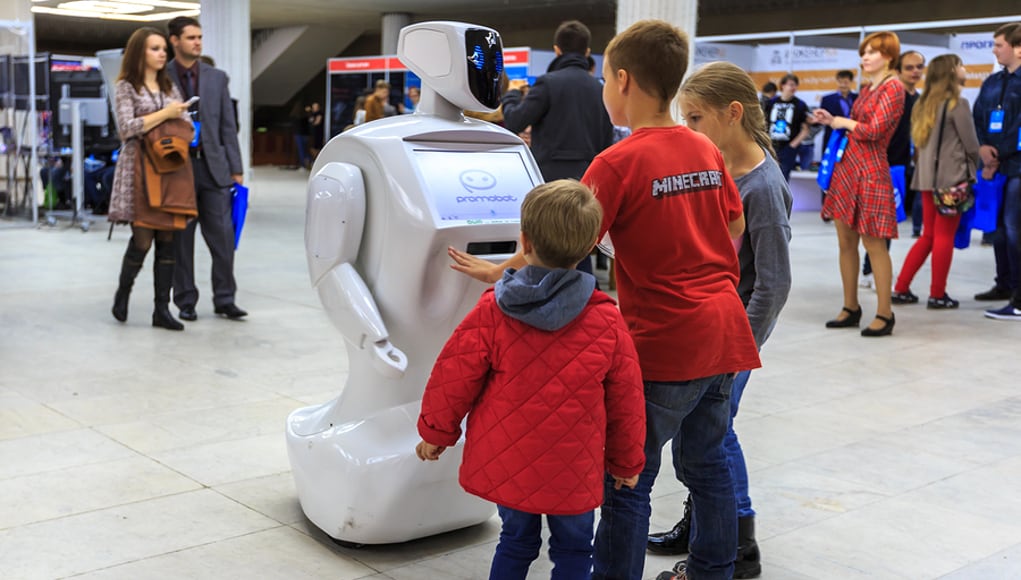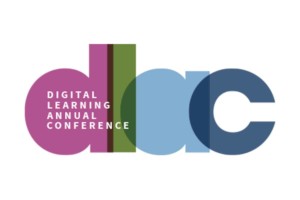Personalized Learning Meets AI With Watson Classroom

A teacher’s role on any given day is a combination of content expert, engineer, detective, psychologist, diagnostician, and researcher. Teachers are expected to have students master a set of concepts and information in a defined period of time. They design learning experiences by building plans, allocating instructional materials, and constructing learning environments. They must adapt these plans to the unique characteristics of each student. When a student struggles, a teacher must understand the exact nature of the issue–is it a gap in prerequisite knowledge, a learning challenge of the student, and/or a failure of the presentation to engage the student? Or something else completely–maybe something going on in the student’s life outside the classroom? Then, the teacher needs to modify their instruction based on their hypothesis of the cause of the issue, all while keeping the student positive about their effort, informed about their progress, and passionate about staying engaged. And each teacher must do this for every single student she teaches, all without wavering in quality despite life circumstance, a sick day, or just sheer exhaustion.
Teaching is truly a Herculean challenge. Even the very best teachers can keep only so many of these insights in their heads and make only so many connections between expectations and circumstances. They can be aware of only a fraction of the research on best practices. They have only so much time to collaborate and communicate with the other adults in a particular student’s life to share information and insights. To be the best of themselves, teachers need to have access to a warehouse of information, a research assistant to mine best practices, note takers to gather and record information on each student, a statistician to gauge effective practices, and someone to collaborate with to distill the next best step with each student. In recent years, a plethora of vendors have developed software solutions that promise to simplify this process and give schools and teachers the answers to understand and address the individual needs of each student. One of the most promising, which I recently had a chance to learn about, is IBM’s Watson Classroom.
Personalized Learning Beyond an Algorithm
Contemporary approaches to personalized learning say that if you have enough information, you can use an algorithm to plot a path to academic achievement. But this approach is limited. It relies on the finite number of inputs included in the algorithm. The process is static as it does not adjust as students progress. It is not adaptive to what is occuring during the learning process. And these approaches are constrained by what inputs can be quantified. Generally speaking, reducing people to a set of numbers overlooks so many factors that are integral to understanding a student, but explainable only as narrative comments. What is needed is something that can combine the numbers and the words, learn how to adapt as its efforts produce results, and interact with teachers in a conversational manner. Enter IBM’s Watson Classroom.
Some people know of IBM’s Watson from it winning the game show Jeopardy!, outperforming some of the best human contestants in the game’s history. Others from ads on TV where Watson provides insights to doctors to improve diagnosis and patient care. Watson is a new approach to using computational power. The design goes much farther than just being able to quickly calculate the answer from a set of inputs by using a complicated formula. Watson refines and adjusts the formula used for calculating the answer as it is provided with new inputs. These inputs may be in the form of written notes, video clips, and cells of data. And, most importantly, it responds to people asking questions using natural languages rather than equations.
IBM is clear about what makes Watson different than existing solutions. First of all, it is a cognitive partner; not a solution. Secondly, it does not require proprietary or additional assessments, curriculum, or content. It uses whatever a district has in place. But it goes beyond the performance of tiering difficulty, pace, and reading level that is now standard fare for the solutions promising individualized, adaptive and personalized learning. Watson takes the stew of data from existing systems (including assessments, attendance records, available accommodations), adds the ability to infer meaning from written reports, and is able to connect the quality of the result to the approach that was taken. And then adjust the next recommendation based on what was learned. It is artificial intelligence (AI) brought to education that goes far beyond the adaptive learning technologies of today.
Watson Classroom: A Teacher’s Best Friend
Watson Classroom is not a teacher nor does it replace the teacher, contrary to popular myths about AI. It is the aforementioned teacher’s assistant, data warehouse, personal researcher, note-taker, and constant collaborator brought into the classroom and accessible at a teacher’s fingertips via a mobile tablet. Watson Classroom partners with teachers, utilizing their insight as a primary source. Planning for instruction should not just be a reaction to the academic levels and student test scores. That planning is better when teachers know their students. And knowing them is as much about preferences and interests as it is about their demographics and test history. Great teachers can combine the strengths and personalities of each student to plan a great mix of whole class, small group, and individual activities to navigate the curriculum.
Watson gives a teacher this kind of holistic view of students. It provides a snapshot of each individual, on classwide performance, and patterns of interaction, in real time. Teachers can input student interests and learning style preferences that Watson then takes into consideration in its analysis and recommendations. As part of these recommendations, Watson provides teachers with a student profile, a set of recommended actions to engage, motivate, and advance the students’ achievement, and content selection and sequencing for each student.
The Future of Education
People have associated IBM and its precursors with being a leader of change since the beginning. The tabulation cards used for US Census purposes revolutionized the way people were counted and analyzed at the turn of the 20th Century. The introduction of mainframe computing to commerce automated many support business processes. As those innovations transformed how businesses and government could understand how people and resources are allocated and used, so too does Watson portend a new kind of transformative digitally-informed tool for education. Watson Classroom is currently being piloted in 12 school districts across the country. In those classrooms, it is utilizing cutting-edge computing power to give teachers a full range of support to be the best versions of themselves. Watson could facilitate the kind of education that great teachers strive for every day–one where learning is truly personalized for each and every student. Bringing the power of big data to the interactions between students and teachers can help assure that every student reaches beyond our expectations to achieve their full potential.
For more, see:
- Ask About AI: The Future of Learning and Work
- A Blended Environment: The Future of AI and Education
- The Value of the Human in an AI World
Stay in-the-know with all things EdTech and innovations in learning by signing up to receive our weekly newsletter, Smart Update.







Mark trewren
Is this an advertisement for IBM Watson? There's no balance or critique of IBM Watson. What about associated costs or the sheer number of PhD researchers required for Watson to succeed in any given field. Rose tinted lenses springs to mind.
Replies
Erik Day
Hi Mark, thanks for your concern. This is not an advertisement, and we received no compensation (from anyone) for its publication. Erin, our Columnist who wrote this piece, learned about Watson Classroom at an education industry conference, and thought it represented an interesting (and important) step forward in personalized learning technology, which she wanted to discuss.
And surely, the use of PhD researchers to develop EdTech tools is not a negative thing? :)
Best,
Erik